What is Qualitative Research?
Qualitative research is a method of collecting and analyzing non-numerical data. It allows in-depth investigation of a problem and generates new ideas for research. Content analysis is a widely used qualitative research technique.
The main purpose of qualitative research is to:
- Explore and explain the phenomena being studied and gain a new perspective.
- Understand the social reality of individuals.
- Generate theories and hypotheses.
- Give detailed descriptions and interpretations.
Furthermore, qualitative research is different from quantitative data analysis, which includes collecting and analyzing numerical information for statistical purposes. In qualitative studies, researchers look at how people feel instead of looking at facts or numbers to conclude.
Qualitative research is used in various fields, from social sciences to the humanities. Also, it is very inexpensive as compared to quantitative research.
Researchers use qualitative research methods to:
- Discover a problem.
- Develop a new product.
- Build and develop a new theory.
Moreover, qualitative research increases the data quality, and it is an open-ended methodology.
For Example: The store did not have enough items that women would want, so fewer women were visiting. This was only understood by talking to the women and finding out why they didn't visit. There were more male products than female ones.
When to Use Qualitative Research?
Qualitative research is used to capture in-depth insights. Researchers use this type of research to get factual data. It should be used when you need to understand a situation or issue in depth.
Below are some points that show when qualitative research should be used.
- To develop a concept or create a new product, you need to investigate your product/brand or service. It helps to improve your marketing approach.
- You also need to recognize your talents and shortcomings to understand how to reach your target audience.
- It is important to investigate market demographics, segmentation, and client segments. Thus, you can obtain information on how others perceive your brand, company, or product.
Characteristics of Qualitative Research
Below are the main characteristics of qualitative research.
- Qualitative research methods often collect data from people who are experiencing challenges or problems.
- Qualitative researchers often collect data from different methods, such as interviews, observations, etc. This provides a complete understanding of the research topic.
- This research technique breaks down complicated problems into smaller, more manageable pieces that are easier to understand.
Qualitative Research Analysis
Qualitative data analysis is a process of examining data in order to understand it. This can be done by taking notes, recording videos or audio, taking pictures, or analyzing text documents. Text analysis is one of the most commonly used methods for qualitative data analysis.
Text analysis is a data analysis method that is unique. Researchers analyze the social life of the participants and figure out what they are saying and doing.
The researchers analyzed the context in which images are used on social media platforms. They drew inferences from the images about what people share online. In the last decade, text analysis through social media has become popular.
9 Types of Qualitative Research Methods with Examples
Qualitative data is collected to understand what people experience and how they react in different types of situations. Thus, the research process can be flexible depending on the desired goal.
There are different types of qualitative research methodologies used for data collection. Below are some common types of the qualitative research method.
A detailed description of the major qualitative research types is given below.
1. Focus Groups
Focus groups are often the most common type of research method used in marketing data collection.
The main advantage of sending online surveys is that you don't need to interact with people while collecting data. Instead, you can take an online survey on any device, and the responses are collected at the click of a button.
This research method is convenient for those who have no time or energy to talk in person about their opinion.
A focus group is one expensive qualitative research method compared to other methods like surveys, interviews, and observation. It is used when the researcher does market research on new products or conducts concept tests with a larger audience.
Below are the main elements of the focus group for your better understanding.
| Focus Group | |
|---|---|
| Goal | Draw upon respondents' feelings, beliefs, reactions, etc. |
| Main Pillars | Participants, Role of a moderator |
| Different Types | Mini focus group, Online focus group, Dual-moderator focus group, Client-involvement focus group |
For Example: A group of people who live near where an agency wants to open a group home for disabled adults. Thus, they get together to discuss their concerns. They are worried about noise, traffic, and the impact on their property values. They also wonder if this is a good idea and whether it will be successful.
2. Ethnographic Research
Ethnographic research is the method that studies people’s behavior. First, the observer must understand their environment and how it may influence a participant's natural behaviors.
This research design will help you better know the challenges, cultures, and settings that occur. Also, it does not completely depend on interviews or discussions with participants about what they experience firsthand in their natural setting.
Moreover, it requires in-depth observation and solely depends on the researcher’s expertise. This research method is time-consuming and challenging and can last from a few days to a few years.
The table displays the key components of ethnography.
| Ethnography Method | |
|---|---|
| Goal | Generate a rich understanding of the culture |
| Focus | Values and culture |
| FieldWork | Contextual, holistic, and comparative |
For Example: An anthropologist traveling to an island and living there for a number of years. The anthropologist would study and take part in the culture of the people on the island during this time period.
3. Case Study Research
It is another type of qualitative research, and this method has developed over the past few years. This method is valuable and used for explaining an organization, business, situation, or entity.
Also, case study research is used within various disciplines, including education, law, health, social sciences, etc.
Moreover, this research method is useful for examining data at the micro-level. The nature of this method can be explanatory or exploratory.
Data is collected in an extended period of time, month/week/day. In multiple case studies, the data could be:
- Parallel case
- Sequential case
Further, it is the most suitable method for obtaining in-depth knowledge of a specific issue.
The following is a list of the main elements of a case study research that will help you better understand it.
| Case Study Research | |
|---|---|
| Goal | Discuss the place, person, or event in detail |
| Strength | High conceptual validity |
| Method | Direct observation and interaction with the subject |
For Example: Iris Brown was a railroad employee who had an accident where a metal rod went through his head. The rod damaged important parts of his brain, which changed both his personality and behavior.
4. Phenomenological Method
The phenomenological approach explores the experiences of specific phenomena. It is focused on subjective experience rather than objective information. This method uses interviews and relies on other sources of data collection like surveys, participant observation, etc.
Businesses use this method to develop processes for sales representatives, and it is a perception-based research method.
The main characteristics of the phenomenological method are:
| Phenomenological Method | |
|---|---|
| Goal | Describe different events, situations, or experiences from different perspectives |
| Data Analysis | Review and analyze the data to identify any patterns or unusual experiences that may be beyond human awareness. |
| Main Stages | Bracketing, Intuiting, Analyzing, and Describing |
For Example: It has not been easy to lose family members to Covid-19. Studying the survivors and people who have lost loved ones can help us understand how people cope and the long-term effects of trauma.
5. Grounded Theory Method
The grounded theory method is a popular data collection method that explains why particular actions evolved the way they did. Also, this method looks at large subject numbers.
Businesses use grounded theory when conducting customer surveys that target their customers' usage of company products or services. It helps companies maintain good relationships with their customers and retain loyalty for future purchases.
The table below can help you understand the different aspects of a grounded theory method.
| Grounded Theory Method | |
|---|---|
| Purpose | Used to develop theories about social development and ways to deal with it. |
| Methods | Data collection methods include observation, interviews, and document analysis |
| Sampling Technique | Theoretical sampling technique is used |
For Example: The HR department uses grounded theory to study employee problems. Employees can explain what they feel is lacking in their work. The HR department gathers this data, examines the results to discover their problems' root causes, and presents solutions.
6. Historical Method
The historical method is a unique way to better understand the present from the past. On hypothetical data, the research question’s answers are based.
The main purpose of this method is to:
- Use and explain past events.
- Analyze the effects of the past on the present and future events.
- Predict future events.
However, one of the main data sources for this method is reviewing relevant literature. Oral sources may also be used as well.
The below table provides information on the historical method.
| Historical Method | |
|---|---|
| Purpose | Examining past events can help us understand present patterns and predict future scenarios. |
| Sources | Both primary and secondary including unpublished material |
| Method | After reading the relevant literature, develop a research question. Next, identify and clarify the reliability and validity of data sources. Finally, create a research outline to organize the process of collecting data. |
For Example: To create new ads, businesses can use data from past ad campaigns and information about the target audience.
7. Narrative Method
The narrative research method allows people to narrate stories about their lived experiences. Narratives can be a powerful tool for exploring one's personal experiences. They are often used in psychology research because respondents have the opportunity to speak about their inner thoughts, emotions, etc.
Also, it could lead researchers on new paths of discovery that they might never find using traditional methods.
Take a look at this table and better understand this method.
| Narrative Method | |
|---|---|
| Goal | Collect stories from participants |
| Strength | Analyze different life situations and opportunities |
| Weakness | Perspective is limited |
For Example: This method can be used to know the different challenges the target audience faces. This involves understanding the story of the customer and their experience with your product.
8. Record-Keeping
This approach uses pre-existing, reliable documents and other sources of information to help with future studies. Just like you might use a library to find books and other references for your research. This approach uses information that is already available to help you out.
This table gives you a clear idea about this method.
| Record-Keeping | |
|---|---|
| Goal | Gather information from existing data |
| Sources | Books, existing documents, libraries, etc |
For Example: This method uses information that is already known and reliable. It is similar to going to a library where you can look at books and other reference material to find information.
9. Oral History
Oral history research method involves getting people to talk about their own experiences. This is done by interviewing people and recording their stories in audio, video, or text form. Oral history is helpful for future researchers because it stores the interviews in an archive.
| Oral History | |
|---|---|
| Goal | Collecting, obtaining, analyzing, or presenting historical or current information |
| Usage | Use to research the history of a particular community |
For Example: It includes interviewing people from different backgrounds and gathering information.
Types of Qualitative Research Questions
Qualitative research questions explore or describe phenomena and do not provide a nomothetic explanation. They are open-ended questions and are used for data collection.
The following are the three types of qualitative research questions:
Predictive Questions: This type of question uses past information and understands the future outcome.
Exploratory Questions: These questions are used to understand the topic without influencing the results.
Interpretive Questions: They gather feedback without affecting the outcome of a group's behavior.
Keep in mind; that qualitative research questions are changed throughout the study. Just try to make easily understandable questions so the participant gives answers quickly.
Types of Qualitative Research Examples
Examples are a great way to learn about qualitative research. You can find examples of research that other people have done. It will help you understand the process and get started on your own research.
This blog must have provided you with complete details about the main types of qualitative research design with examples. However, if you are still stuck in choosing the right method for your research project, consult SharkPapers.com.
We offer a top-notch paper writing service for college at affordable rates. In addition, all our expert writers deliver high-quality work with zero plagiarism.
So, what are you waiting for? Contact us now.











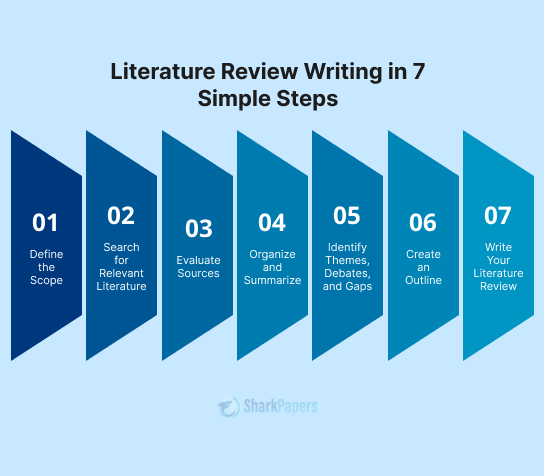





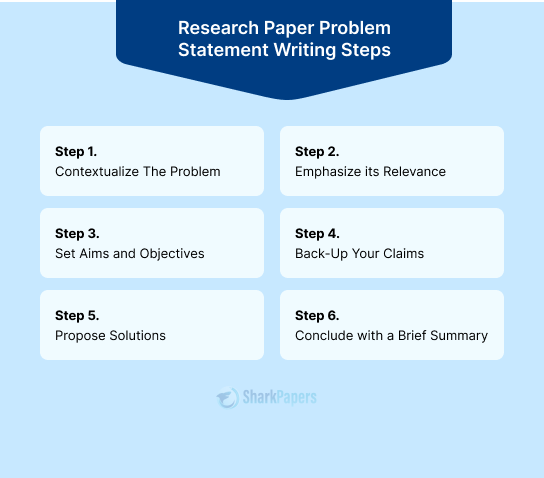
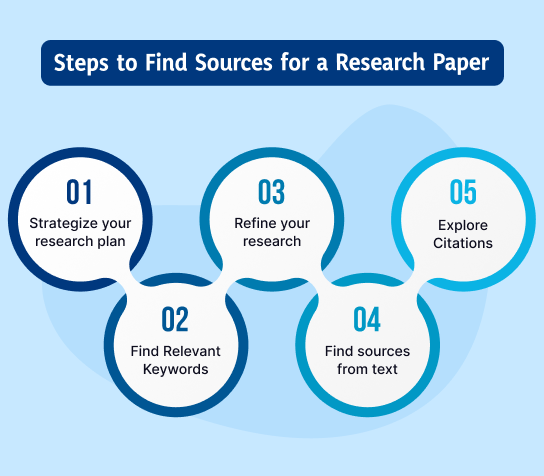
)






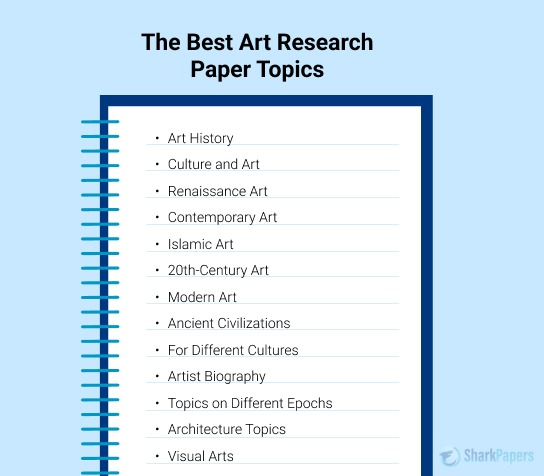

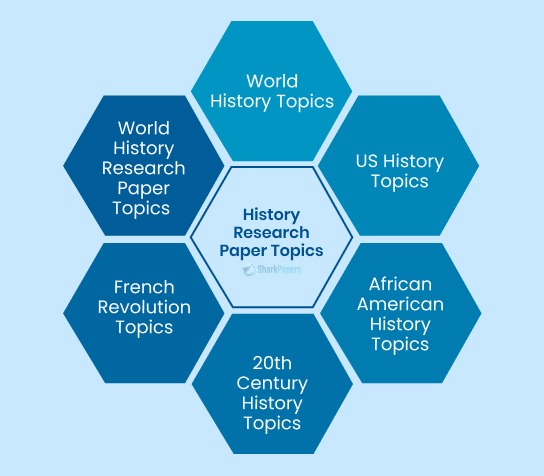

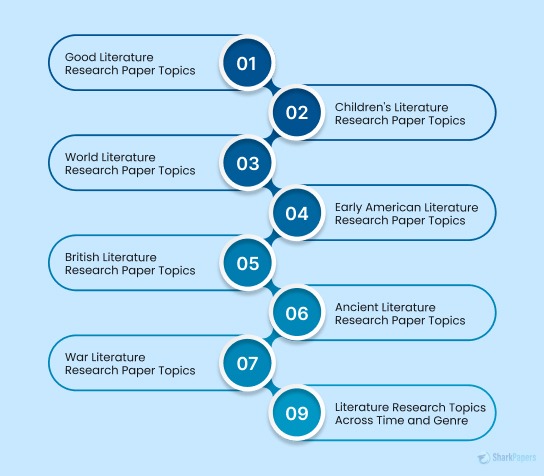




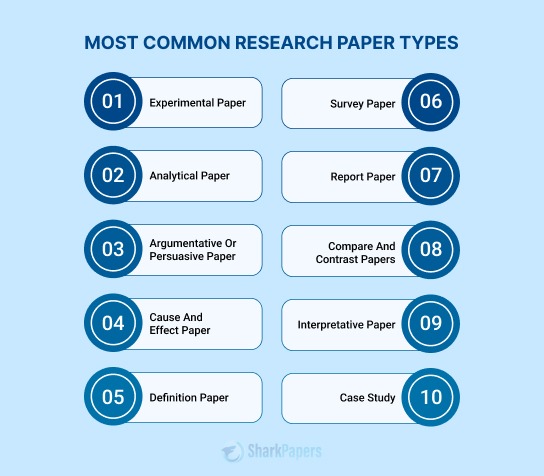

















-12114.jpg)














 Not seeing it? Check Promotions or Spam — inboxes get protective.
Not seeing it? Check Promotions or Spam — inboxes get protective.